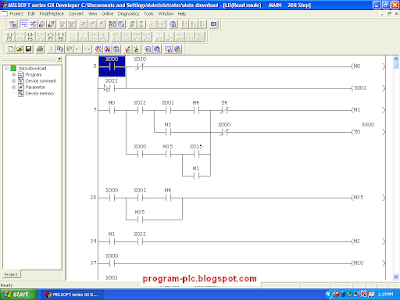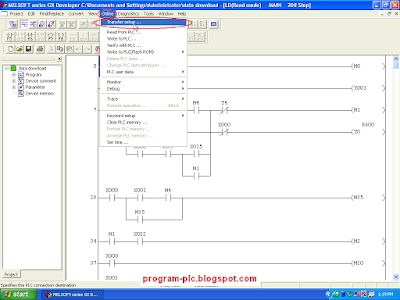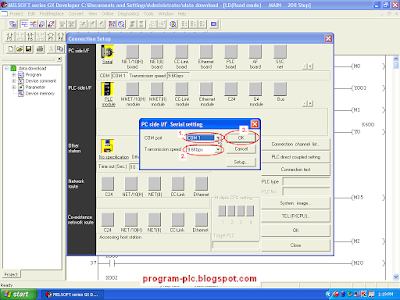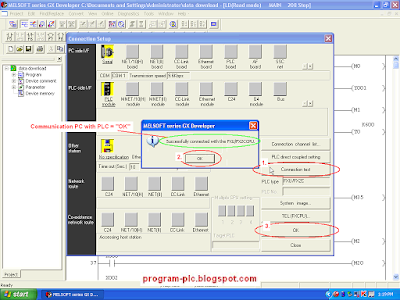

Information on Numbers for Detail the Password Using PLC :
1. KeyPad with 10 Numeric and 1 Enter (Numeric KeyPad)
2. PLC (Programmable Logic Controller)
3. Red Light for Wrong Password
4. Green Light for Correct Password

Information on Wiring from the Numeric KeyPad to PLC :
1. Input 0 PLC for Numeric 0 from KeyPad
2. Input 1 PLC for Numeric 1 from KeyPad
3. Input 2 PLC for Numeric 2 from KeyPad
4. Input 3 PLC for Numeric 3 from KeyPad
5. Input 4 PLC for Numeric 4 from KeyPad
6. Input 5 PLC for Numeric 5 from KeyPad
7. Input 6 PLC for Numeric 6 from KeyPad
8. Input 7 PLC for Numeric 7 from KeyPad
9. Input 8 PLC for Numeric 8 from KeyPad
10. Input 9 PLC for Numeric 9 from KeyPad
11. Input 10 PLC for ENTER from KeyPad
Number Of Inputs and Output PLC applied :
1. Number Of Inputs PLC is 11 Input :
--- 11 Unit Input from Numeric KeyPad
--- Total Number Of Inputs PLC is Minimum 11 Input Unit.
2. Number Of Output PLC is 2 Output :
--- 1 Unit Output to Red Light for Wrong Password
--- 1 Unit Output to Green Light for Correct Password
--- Total Number Of Outputs PLC is Minimum 2 Output Unit.
Sequence PLC Programming for Password PLC :
1. Correct Password
a. If typing "5500" from KeyPad AND "ENTER" from KeyPad then Green Light = ON (Correct Password)
2. Wrong Password
a. If NOT typing "5500" from KeyPad AND "ENTER" from KeyPad then Red Light = ON (Wrong Password)
3. Password Data
a. Password data using PLC memory (With Value 5500) and can be modified
4. Green Light = OFF OR Red Light = OFF
a. If Enter Released AND Typing again then Green Light = OFF OR Red Light = OFF
(source : http://program-plc.blogspot.com)













